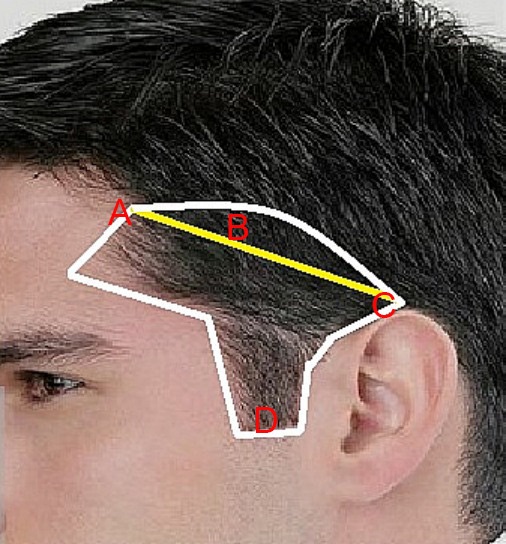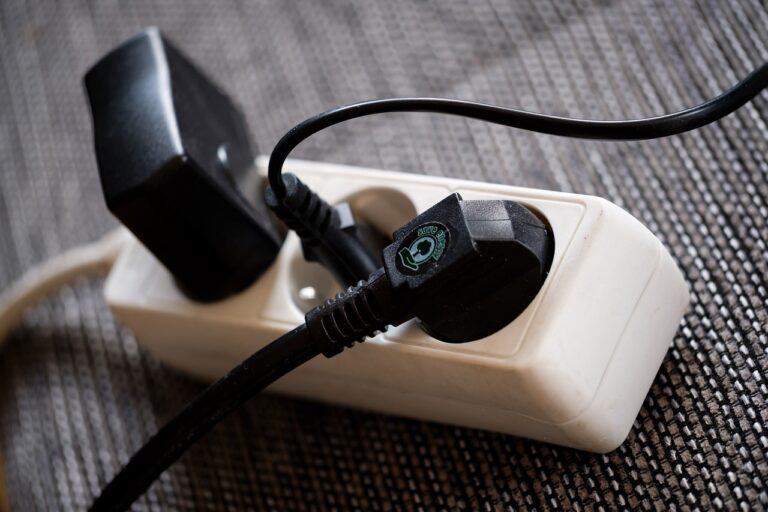By Rabbi Yair Hoffman for 5TJT.com
Today, a number of Jews will be getting haircuts. If they are not careful, however, they could be in grave danger of violating a Torah commandment. Regardless, whoever reads this article before their haircut and follows the instructions below – will fulfill a Torah Mitzvah.
If you tell someone who is going to get a haircut about this Mitzvah – then you have been mezakeh that person with a Torah Mitzvah too. Oh, and one last thing. Reading it will help you avoid violating a Torah prohibition too.
TORAH MITZVOS REQUIRE INTENT
The Shulchan Aruch (OC 60:6 and 589:8) rules that when performing a Torah Mitzvah – intent (kavana) is required. The issue is a debate among the Rishonim, but the final halacha is that it does.
THE MITZVAH UNDER DISCUSSION
The verse in Vayikra 19:27 tells us, “Do not round off the corner of your scalp and do not destroy the corner of your beard.”
The halachos are codified in Shulchan Aruch (YD 181).
REASONS FOR THE MITZVAH
The Rambam writes (Laws of Avodah Zarah 12:1) that the prohibition is based upon the fact that idol-worshipping priests would cut their hair in this method. Thus the prohibition is based upon not following in the ways of idol-worshippers. The Sefer HaChinuch (251) and SMaG (Lav 57) present this reason as well.
The Tur (YD 281:1) indicates that it is a Mitzvah of which we are unaware of the underlying rationale, but we follow it because it is the commandment of the King.
INTENT FOR HAIRCUTS
The Kaf HaChaim (YD 232:15) writes that this is true for haircuts as well. If we have in mind that we are fulfilling the Mitzvah of “Lo sakifu p’as roshchem” – we receive credit for the Mitzvah. If we do not have this in mind, then we lose out on it. Bear in mind, that we should also have in mind the Mitzvah of Kavod Shabbos and the Mitzvah of Kavod Rosh Chodesh.
WHERE ARE THE CORNERS?
Every Jewish man has two gun-shaped areas that pointed slightly upward that are located next to his ears. The best way to understand the parameters of where cutting hair on the head is forbidden is to imagine four parts of a gun: The muzzle, the barrel, the hammer and the bottom of the grip or the handle.
- The muzzle is the front – where the bullet comes out (A). It is where the hair starts coming down.
- The barrel is the long tube that leads to the back of the gun (B).
- The hammer is the back of the gun that faces the holder of the gun (C). It is the high point above the ear.
- And the bottom of the grip (D) is the lowest part of the gun. Regarding hair, it is the bottom of the side burn.
If you look at the picture you will see the outline of the gun’s four parts.
It is this gun which forms the pe’ah of the head in which we cannot round off our hair. It is found on both sides of the head.
- The muzzle, once again, is where the hair starts coming down. Every man’s muzzle starts off at a different place.
- Some are of the opinion that the barrel must be rounded and not straight as a precautionary measure.
- There is a debate as to whether the hammer is at the top point of the ear or slightly above it.
- There is also a debate as to where the bottom of the grip should end. Rav Feinhandler in Avneh Yashpeh (Vol. II #68) cites Rav Elyashiv zt”l as holding to the view that it should be at the bottom of the earlobe. The Chazon Ish (Orchos Rabbeinu page 20) held that the bottom of the gun grip is parallel to the lower point of the ear canal.
INTERESTING OTHER ISSUES
Approximately three decades ago, this author had a conversation with Rav Chaim Pinchas Scheinberg zatzal, who indicated his view that the gun extends to even behind the ear toward the back of the head too. His view is that there is one gun following another gun. Most other Poskim do not seem to hold of this view.
There has been a trend, of late, for people to leave the area of the gun more prominent whenever they get a haircut. Thus the area of the gun is much more prominent in that it is cut with a higher trimmer number.
WHAT IS FORBIDDEN?
Cutting hair in the gun-area short with either a razor blade, a shaver, a barber’s trimmer, a scissors, tweezers and depilatory cream is forbidden (this is the Rosh’s view [see Makos 3:2] that the Shulchan Aruch tells us to follow YD 181:3).
This means anywhere in the gun area. Even shaping or edging the gun area with a barber’s trimmer is thus forbidden.
It is forbidden to cut the hair so short that it is no longer bendable. In other words the top of the must be able to touch the root of the hair. In Hebrew this is called, “Lakuf rosho l’ikro.” These parameters can be found in Rambam Hiulchos Tumah (Tzaraas 8:10) and other Poskim cited in Minchas Yitzchok (Vol. IV #113).
Rav Elyashiv zt”l’s view (cited in Pe’as Ziknecha page 30) was that to fulfill all opinions it must be left a fifth of an inch long, or 5 millimeters. Generally speaking, a #2 shield leaves the hair bendable. A #1 does not – nor does a 1 and a ½.
COMMONLY VIOLATED
It is a sad reality, but it seems to this author that a majority of other-wise Torah observant people – litvish, chassidesh and sefardic are completely unaware of these three things. They do not know the exact parameters of where the forbidden area actually is (where the gun is), that the area around the gun cannot be trimmed, and they do not know how short the hairs within the gun may be cut. This information should be spread in order to prevent people from unwittingly violating Torah laws.
The author can be reached at [email protected]












One Response
It is certainly praiseworthy to not shave the peyos area with a shaver/scissor. But there are two things to keep in mind before judging those people who are not careful about the length of hair left in the peyos area (or who shave their entire heads).
1. There is a difference of opinion as to whether the Mechaber’s “Yeish Lachush” is a psak or advice.
2. While Reb Akiva Eiger IShvu’os 2b) holds that if you pasken like the rosh, you must leave a significant length of hair, the Chafetz Chaim in 281 seems to be more lenient and only prohibits cutting flush with the skin. This is also the opinion of the Prishah and the Chochmas Adam.